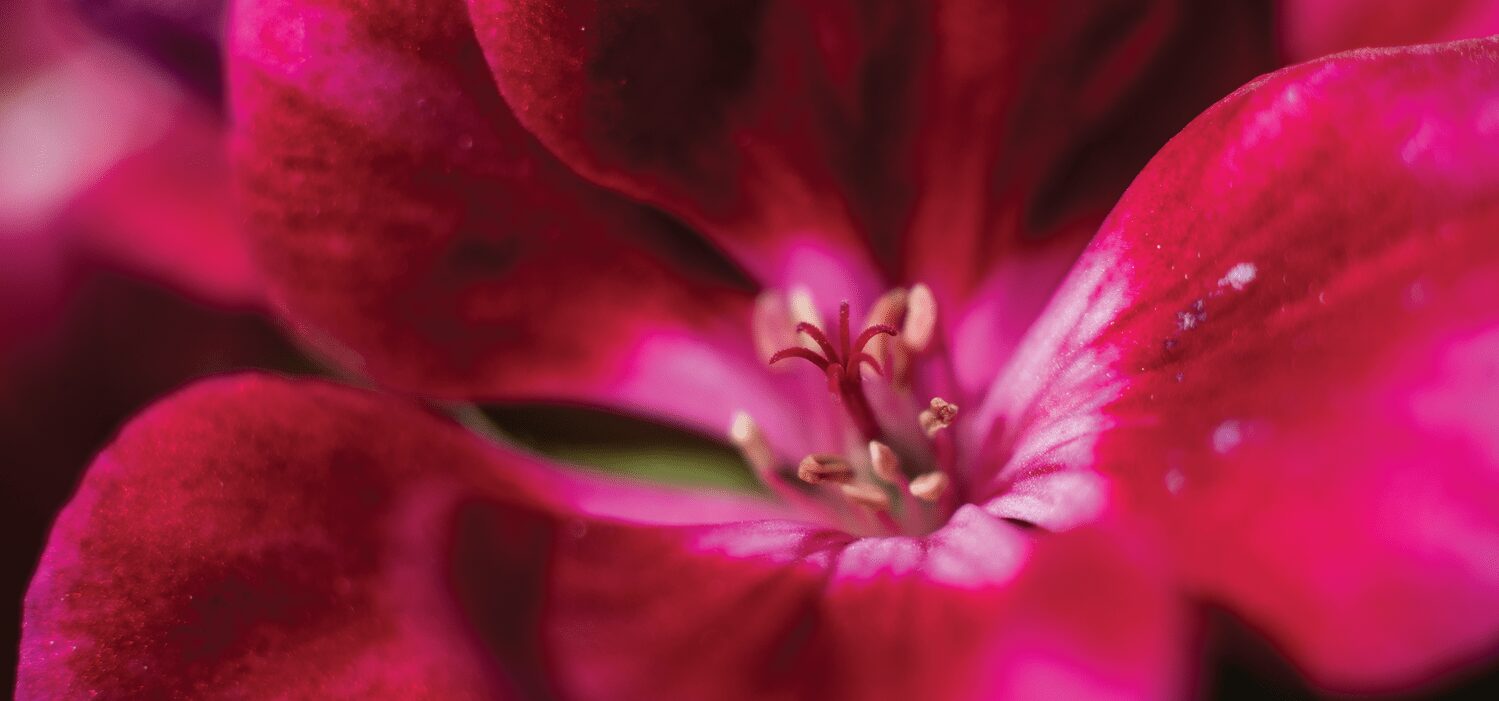A SPOTLIGHT ON THIS DESIRABLE HOUSEPLANT
WRITTEN BY CATRIONA TUDOR ERLER
Begonias are an amazing, diverse group of plants. Some are hardy, some produce large dramatic flowers, others flaunt their foliage. There are more than 1,000 species within this genus, providing plenty of scope for choice. Five varieties stand out as mainstays for home gardeners. Here, we explore the most popular blooms and how to grow them at home.

Photography by celaloflaz/iStock/Getty Images Plus.
Wax Begonias.
The most common wax begonia is Begonia semperflorens, a wonderful bedding plant for part to full shade. It blooms continuously until the first freeze turns the stems and leaves to mush.
In USDA climate zones 10 and 11, they grow as perennials and periodically need to be cut back to stop them getting too leggy. In colder climates, grow them as annuals for a season-long display of color. They typically grow in a mounding form reaching six to twelve inches tall and wide. Choose from white, pink, or red flowers with green or bronze foliage.
Tuberous Begonias.
Native to South America and southern Africa, tuberous begonias produce dramatic, luscious flowers in a stunning range of hues including orange, red, yellow, white, salmon, and pink. Depending on the variety, the blossom may be single or double, smooth, ruffled, or toothed. Their petals may have margins, crests, or blotches of contrasting color. Aesthetic possibilities abound!
Hardy in zones 9 and 10, grow them in the ground or containers with well-drained soil in a shady spot protected from the wind. Plant height varies by hybrid from six inches to three feet, and specimens grown indoors will be smaller.
Cane Begonias.
With evocative varietal names—notably dragon wing and angel wing—this group of begonias has an upright habit and graceful, wing-like foliage. The long, woody stems are segmented like bamboo, inspiring the class name cane begonias.
Angel wings have green leaves with white spots or frosting and can grow to be five feet or taller. From late spring to the first frost, drooping clusters of bell-like flowers bloom in red, pink, or white.
Begonia x hybrida ‘Dragon Wing’ is a hybrid of angel wing and wax begonias. It typically grows two to three feet tall with glossy green leaves that can be as long as eight inches. The flower form and color choice is the same as angel wings. It is fairly drought tolerant, so allow the top two to three inches of soil to dry out between waterings.
Grow either type in a shady location. Originally from the tropics, they are hardy in zones 9 to 11. Elsewhere grow them as annuals or bring them indoors for winter.
Rhizomatous Begonias.
The largest class, rhizomatous begonias comprise a myriad of different species, all with fleshy stems (rhizomes) that grow horizontally near the soil surface and sprout new roots and leaves. Delicate white or pink flower clusters appear in late winter and spring, but that is a minor reason to grow this group of begonias—the leaves are the draw.
A leaf can be as small as a few inches or as large as the giant hybrid ‘Freddie’ with eighteen- to twenty-four-inch leaves that are known to reach thirty inches in Hawaii. Leaf shapes in this class include rounded, star shaped, and irregular forms. They can be smooth, textured with puckers or bumps, or fuzzy and covered with hairs that resemble eyelashes. The undersides often are burgundy; on top you’ll find color choices including many shades of green, often with silver, pink, or red markings. Some have yellow polka dots.
A subgroup of rhizomatous, rex begonias (Begonia rex), also have distinct foliage. One fun oddity in this group is ‘Escargot.’ It has silver-frosted leaves with spiral markings that circle inward like a snail’s shell. Begonia rex needs bright, indirect light and moist soil. Be careful: if the soil is too wet, the rhizomes will rot.
Hardy Begonias.
Begonia grandis can survive winters in zones 6 to 9. Growing about three feet tall and wide, they are great partners to early spring wildflowers. They emerge late in spring, allowing for the earlier wildflowers to take center stage. By the time the begonia leaves are grown, the wildflowers have finished blooming and the begonias shield them from the hot summer sun. In the fall, dangling clusters of pink and white flowers enliven the scene. Plant them where the sun can shine through the heart-shaped green leaves, showing off their bright-red undersides.
There are begonias for every season. Whether you opt for the ever-blooming wax begonias, the hardy species that add interest to the autumn garden, the tall cane begonias in dragon or angel form that flower in winter or spring, or the glorious tuberous begonias that flower from summer through fall, you’ll find a diverse and satisfying group of plants. In the world of begonias, there is something for everyone.

Deborah Farmer





